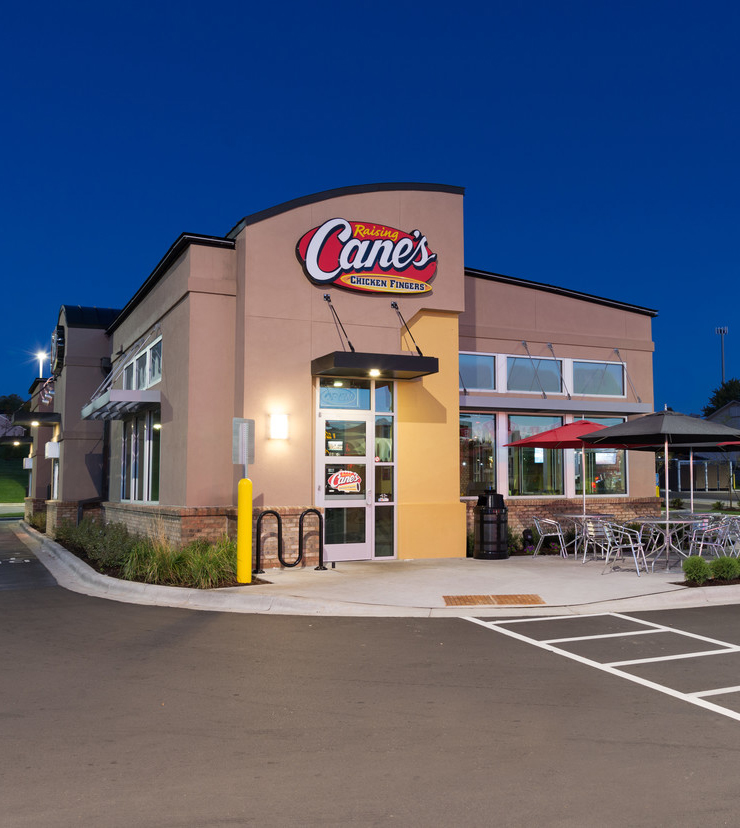Property Tax Appeals

“The traditional income approach also presents challenges for real estate appraisers and tax assessors"
Real Estate appraisers and tax assessors often encounter problems when they apply the traditional real estate appraisal techniques to these property types. In applying the sales comparison approach by presenting recent sales of comparable properties, many of the available sale comparable data in the market include sales of going concern properties, and thus include elements of personal property and business enterprise value.
The result is often a value indication that is more accurately termed the Value of the Going Concern. However, in New Jersey personal property and business value are exempt from assessment.
To illustrate the significance of incorrectly including these non-realty components in the assessment value, business and personal property worth approximately $335,000, added to real estate value, results in over $10,000 per year in excess tax payments, assuming a 3% tax rate.
The traditional income approach also presents challenges for real estate appraisers and tax assessors. The reason is that many of these properties are infrequently leased. They are more commonly owner operated, or in the case of franchised operators, long-term lease rates are set based on cost + profit to the developer, and not based on market lease rates.
Most small businesses operate based on margins and are managed by ratios of expenses to gross sales. The ability to remain profitable enough to stay in business depends on the ability to maintain costs at sustainable levels.
For restaurants, food and beverage costs can account for 30%-40% of gross sales, while salaries/wages typically account for 25%-35%. However, a combined cost of these two categories reaching 70% is often a “red flag”, since there are other expenses, including occupancy costs such as rent, utilities, insurance and building maintenance, as well as other costs such as marketing, credit card processing, music/entertainment, etc.
According to the National Restaurant Association, Income Before Income Taxes averages 6.1% and 6.6% for full service and limited service restaurants. The point is that their profit margins are relatively narrow and provide little room for financial missteps.
As a result of the economic realities of these types of business oriented properties, economic rent is “sized for affordability” based on consideration of economic as well as physical parameters.
In other words, rental rates are more commonly established via references to revenue. For restaurants, rent-to-sales ratios are commonly in the range of 6%-9%.
Contrary to the more traditional use of lease comparables, economic rental rates for these properties are more reliably based on implicit consideration of business volumes in addition to the physical aspects. These are long-standing practices designed to test affordability as part of prudent underwriting